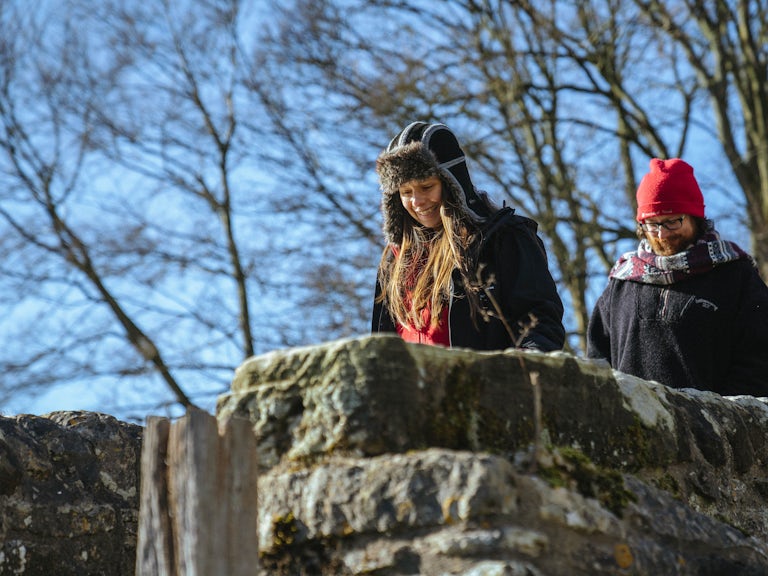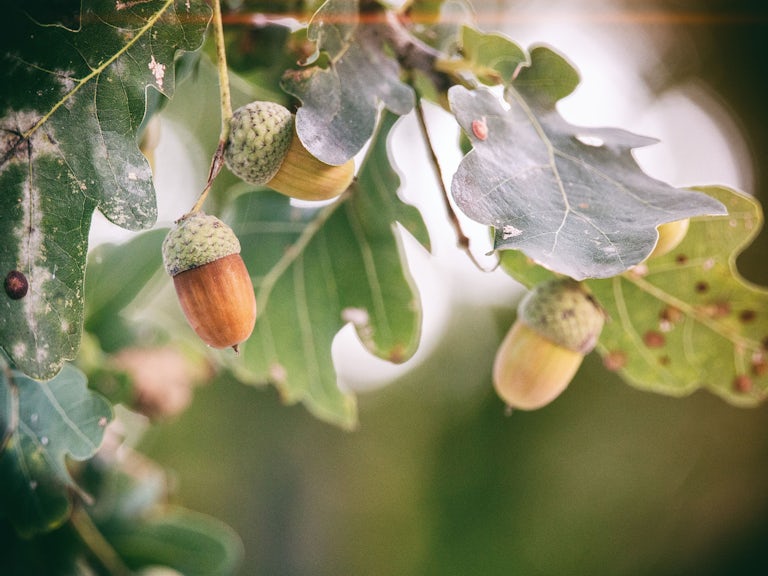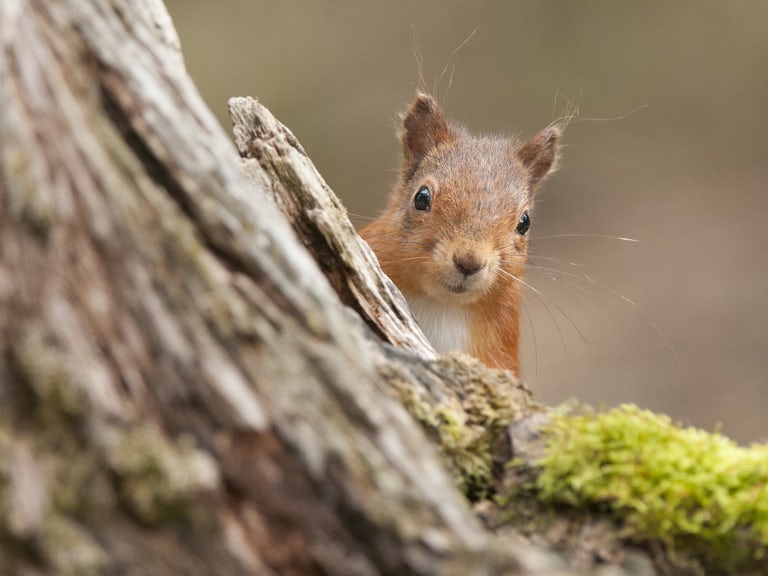How to rewild
Get practical advice, find funding opportunities, and connect with others on your rewilding journey.

Join the Rewilding Network
Connect with other rewilding practitioners, share knowledge and experience, and access help and advice.
Find out more
Funding for rewilding
Discover funding opportunities for your rewilding project through Rewilding Britain.
Find out more